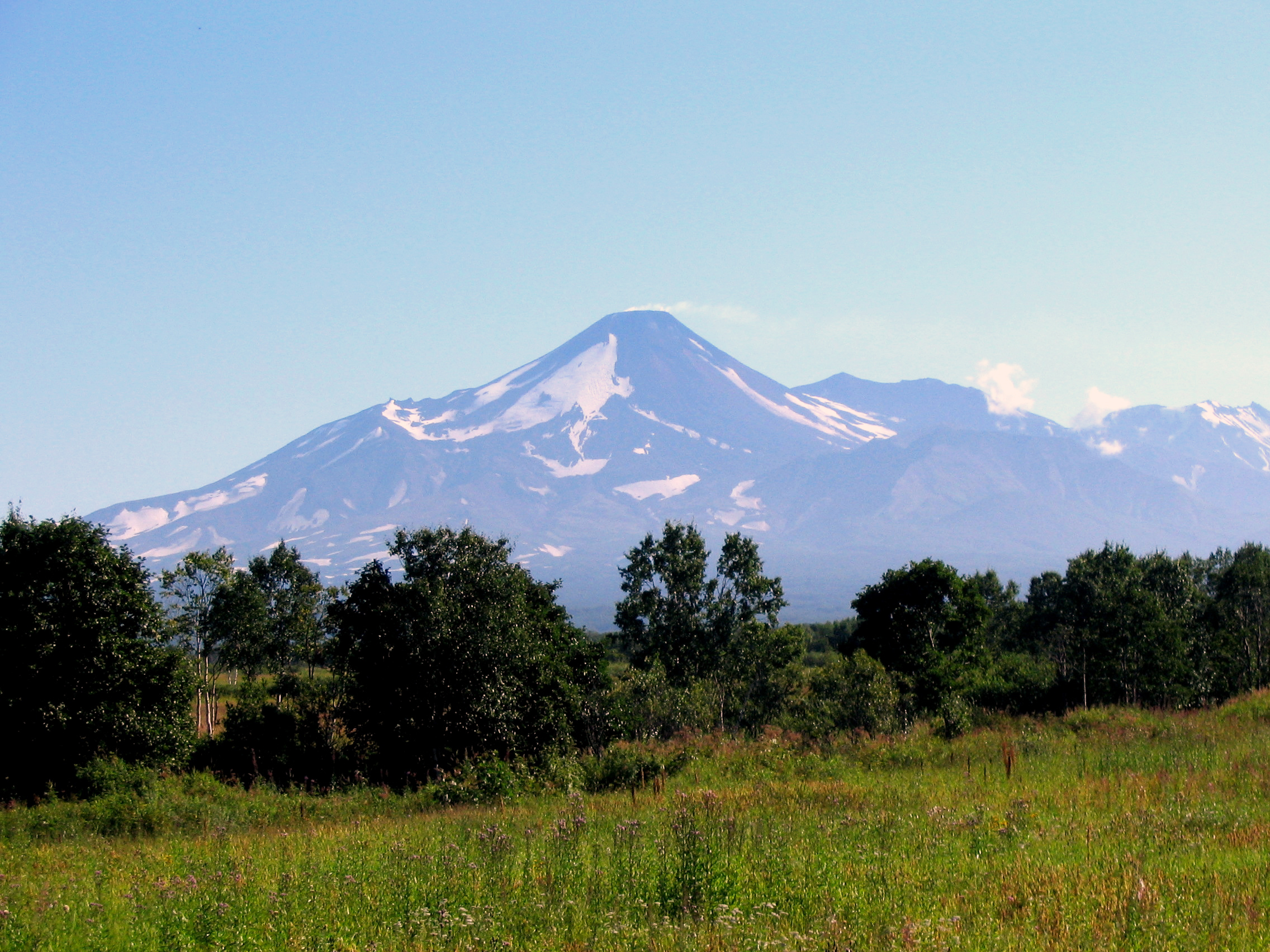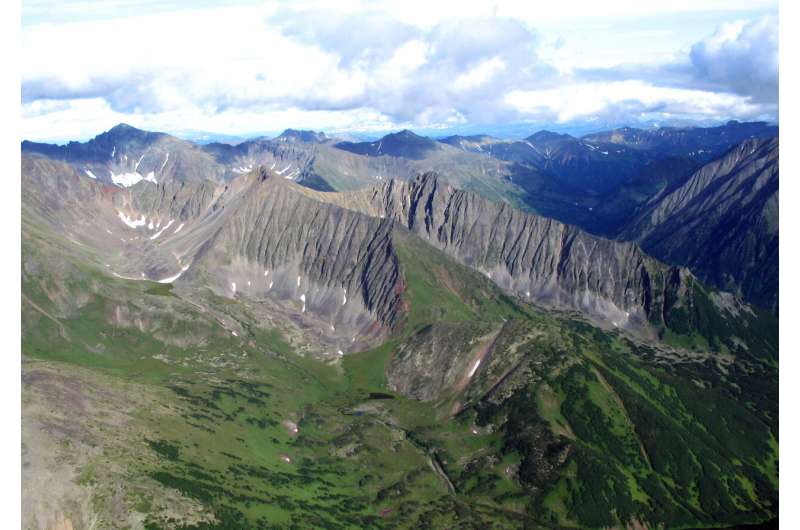Geology: Submarine volcanism along shallow ridges did not drive Cryogenian cap carbonate formation
The termination of Neoproterozoic “Snowball Earth” glaciations is marked globally by laterally extensive neritic cap carbonates directly overlying glacial diamictites. The formation of these unique deposits on deglaciation calls for anomalously high CaCO3 saturation. A popular mechanism to account for the source of requisite ocean alkalinity is the shallow-ridge hypothesis, in which initial spreading ridges … Read more…



